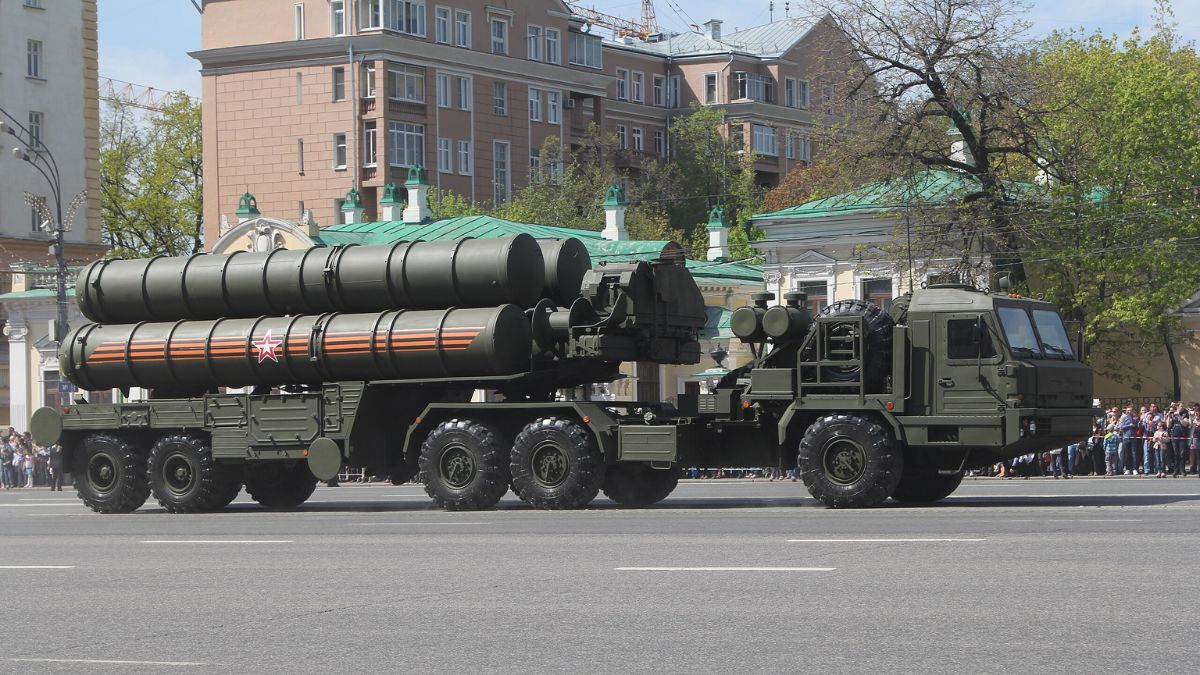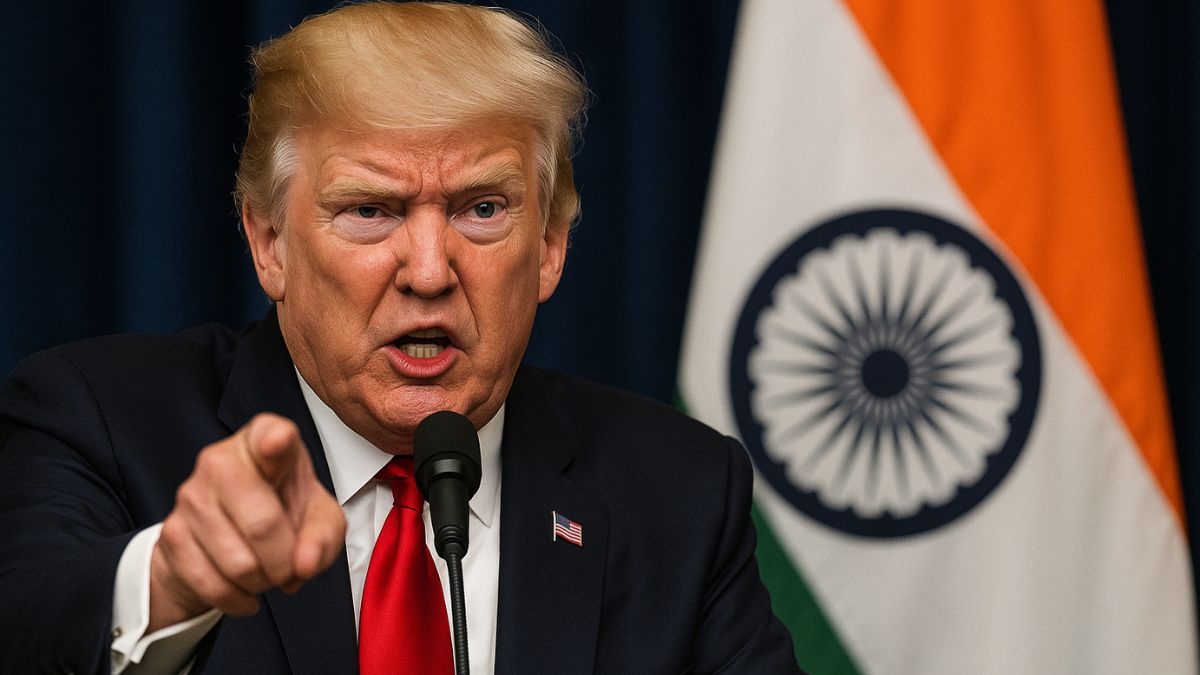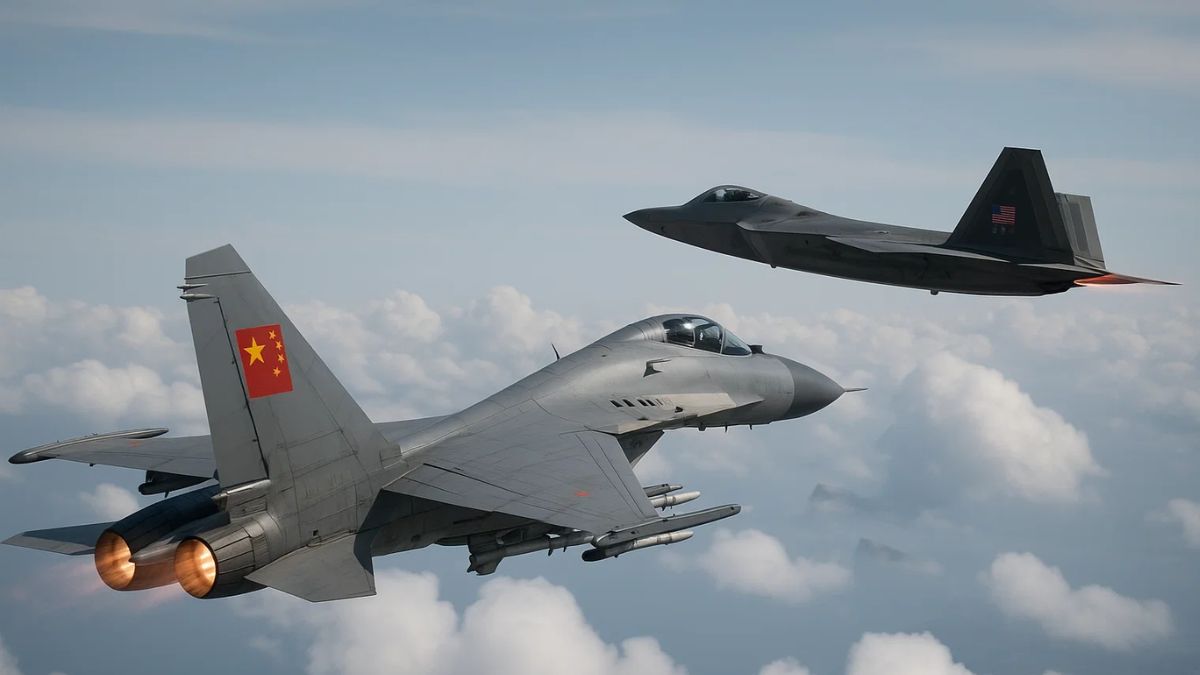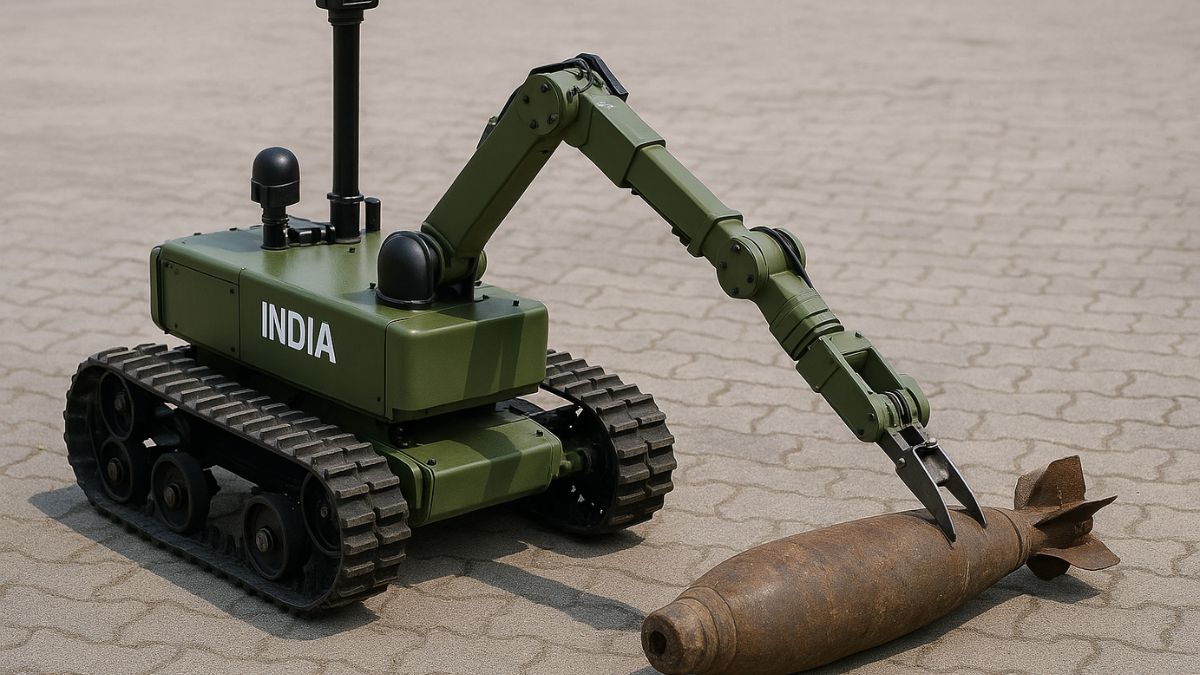Russia says S-400 deliveries on track as system proves its value in Operation Sindoor

The Russian-made S-400 Triumf air defence system was reportedly significant in thwarting attacks from Pakistan during Operation Sindoor. Image courtesy: Wikimedia Commons
Russia has confirmed that the delivery of the remaining two S-400 Triumf air defence units to India remains on schedule, with both units expected to arrive by 2025–2026. The assurance came from Roman Babushkin, Deputy Chief of Mission at the Russian Embassy in New Delhi, during a briefing on Monday (June 2).
India had signed a $5.43 billion deal with Russia in 2018 for five units of the S-400 system, of which three have already been delivered.
Babushkin also pointed to the system’s operational performance during the recent India-Pakistan flare-up under Operation Sindoor, calling it “very efficient.” His remarks come as the Indian defence establishment continues to evaluate the success of its integrated air defence network, with the S-400 playing a prominent role in deterring cross-border aerial threats.
What is the status of India’s S-400 deliveries from Russia?
According to Russian Deputy Chief of Mission Roman Babushkin, the contract for the two remaining S-400 units is proceeding as planned. The final units are expected to be delivered to India by 2025 and 2026, consistent with the publicly announced timeline.
India signed the deal for five S-400 units in October 2018, and the first delivery began in late 2021. As of now, three units are fully operational with the Indian Air Force. The remaining units are scheduled to be delivered by February and August 2026, respectively.
Babushkin also confirmed that Russian Foreign Minister Sergey Lavrov is likely to visit India soon to help set the stage for a bilateral summit, during which President Vladimir Putin is expected to travel to India later this year.
Why was the S-400 crucial in Operation Sindoor?
The S-400 system emerged as a key component of India’s air defence during Operation Sindoor, the military response launched in May 2025 following a deadly terror attack in Pahalgam, Jammu and Kashmir. During the subsequent standoff with Pakistan, the system was deployed to secure Indian airspace from aerial incursions, drones, and missile threats.
Reports confirm that the S-400 successfully intercepted Turkish-origin Bayraktar TB2 drones and other aerial platforms launched by Pakistan. In one of the most notable engagements, the system is believed to have downed a Pakistani Saab 2000 Erieye AEW&C aircraft from a distance of approximately 314 kilometres, one of the longest surface-to-air kills recorded in the region.
Integrated as part of India’s “Sudarshan Chakra” air defence shield, the S-400 was critical in:
- Tracking threats up to 600 km away
- Engaging targets at varying altitudes and distances with precision
- Ensuring no civilian or military installations were compromised during Pakistani retaliatory strikes
Indian officials credit the S-400 with enhancing India’s ability to establish air superiority without escalating the conflict further. Its performance has reportedly prompted discussions about acquiring additional long-range air defence systems or expanding India’s layered defence network.
With two more S-400 units on the horizon and a proven combat performance under its belt, the system continues to play a vital role in India’s evolving strategic deterrence posture—especially amid growing regional instability and the rise of drone warfare.







